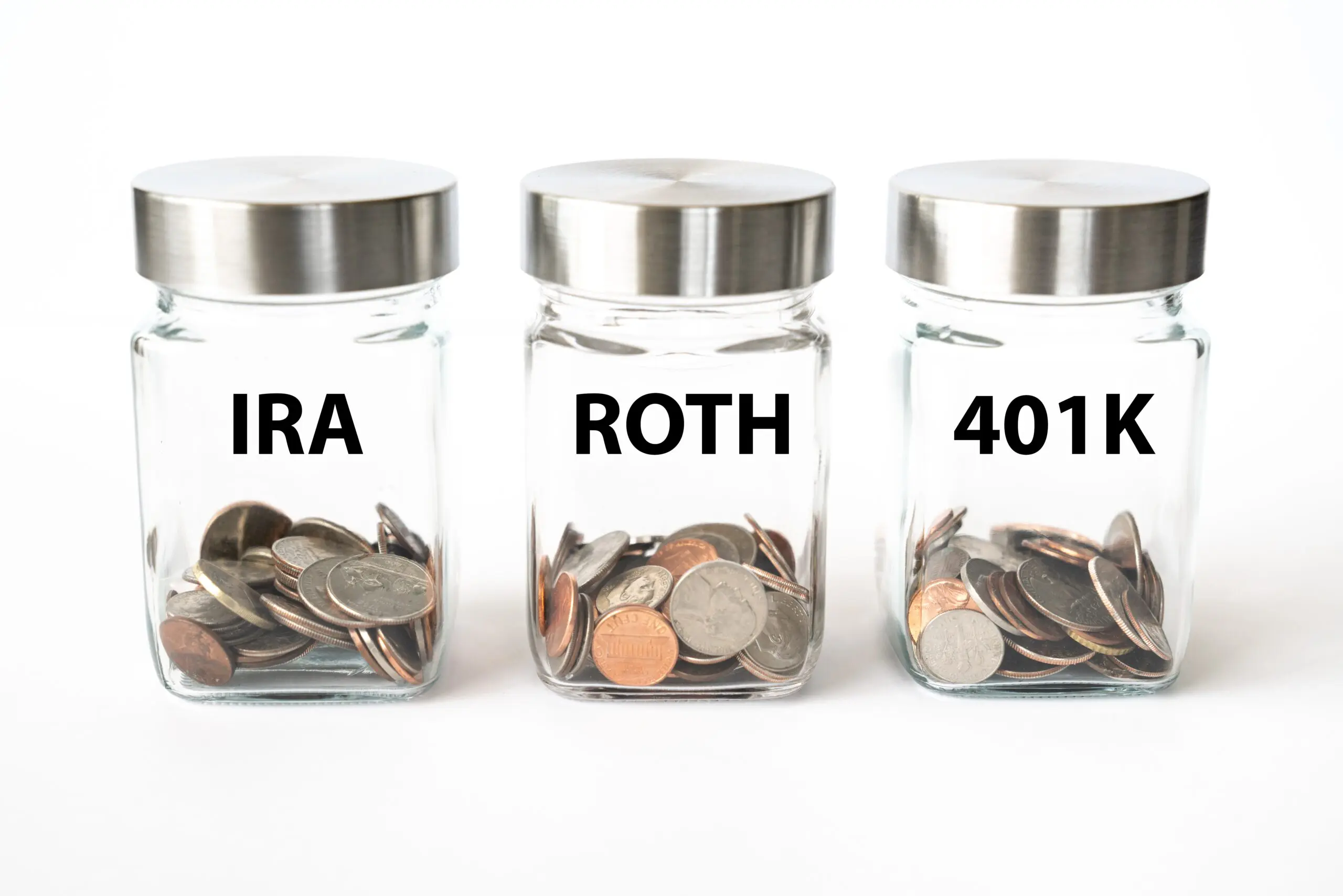Are you concerned about the volatility in the stock market? Many people suffered significant losses to their IRAs in 2022, and 2023 may not be much better. Diversifying into real estate not only provides capital preservation, but it is also a way to grow your self-directed IRA. This article explores the benefits, processes, and considerations of buying real estate through your self-directed IRA.
Benefits of Buying Real Estate through Your Self-Directed IRA
One of the primary advantages of buying real estate through a self-directed IRA is the potential for tax-free growth. Traditional IRAs or 401(k)s limit investment options to stocks, bonds, and mutual funds, but a self-directed IRA allows for a broader range of asset investments, including real estate.
Financing
Financing is available for properties purchased through your self-directed IRA. The loan must be a non-recourse loan. With a non-recourse loan, the lender’s only recourse is the property, so your other assets are not at risk should there be a default. Below are three non-recourse lenders but there are many others.
- Lending Resources Group, Inc.
- North American Savings Bank
- Alpine Mortgage Planning
Restrictions
Be aware of the restrictions when you purchase real estate through your self-directed IRA.
- Properties purchased through your IRA can be financed. The loan must be a “non-recourse loan”.
- You can use 1031 Exchanges with properties held in the IRA.
- All actions must be at arm’s length. This means you must use a property manager; you cannot manage the property yourself.
- All income generated by the property stays in your IRA, and all expenses (such as taxes and improvements) must be paid from the IRA.
- You may not personally perform work on the property; a third party must do the work, and the invoices are paid by the custodian or the property manager.
- You may not mix personal and IRA funds, or the entire transaction may become an “early withdrawal” from your IRA and be taxed as such.
- You do not hold the title directly; the custodian holds the title for you. For example, if you were using XYZ custodian, the deed would show something like: “XYZ, Custodian FBO {your name} IRA”.
- You can put properties in an LLC within your IRA for protection.
- The custodian will be the actual entity signing the closing documents.
- When making an offer, the offer name will be “{your name} IRA or Consignee”.
- When we make an offer, the offer name will be “{your name} IRA or Consignee”.
The Role of the Custodian
The custodian of a self-directed IRA is responsible for holding and managing the assets within the account, including any real estate investments. Because of this, they play an important role in facilitating the real estate purchase process, ensuring that the investment is held in compliance with IRS rules and regulations, and providing ongoing support to the IRA owner. Custodian responsibilities:
- Custody and safekeeping of the assets: The custodian holds the title to the real estate investment on behalf of the IRA, ensuring that the asset is held in compliance with IRS rules and regulations.
- Facilitating the purchase process: The custodian handles the paperwork and administrative tasks associated with the real estate purchase, including signing the purchase agreement, coordinating the transfer of funds, and handling the closing process.
- Managing the investment: The custodian is responsible for managing the real estate investment, including receiving rent payments, paying expenses, and ensuring that the investment is held in compliance with IRS rules and regulations.
- Reporting and record keeping: The custodian ensures that all required records are kept in compliance with IRS rules and regulations.
Pros and Cons of Real Estate in a Self-Directed IRA
Pros:
- Real estate helps diversify a portfolio, often moving counter to financial markets.
- Real estate has historically appreciated over time, ideal for an IRA’s long-term investment horizon.
- The rental income you collect grows tax-free within the IRA.
- You can buy, sell, flip, and accumulate properties.
Con:
- You need to set up a self-directed IRA with a custodian. There are self-directed IRA companies that assist in transferring funds, such as uDirect IRA Services.
- Since your IRA is not subject to taxes, you cannot benefit from the deductions that come with owning real estate.
- You and your relatives can’t live in or run a business out of the property. Search “Self-directed IRA disqualified persons” for more information.
- Required minimum IRA distributions – You need to be aware of how this might impact required distributions.
- Unrelated business income tax – If you sell a financed property.
Summary
Many people want diversification in their retirement accounts. One way to achieve this is by buying real estate through a self-directed IRA, which provides that diversification.
The information contained in this article is not financial advice. Consult appropriate financial and legal experts before you make any decisions. Also, most of the content in this article is based on a discussion I had with Kaaren Hall – CEO of uDirect IRA Services. You can reach her at KHall@uDirectIRA.com or (714) 831-1866. Please reach out to Kaaren and her team if you have specific questions about transferring your current retirement account funds to a self-directed IRA.
By Eric Fernwood
1 702 358 8884
Eric@fernwood.team

